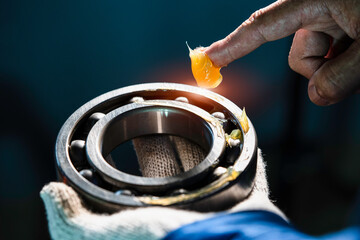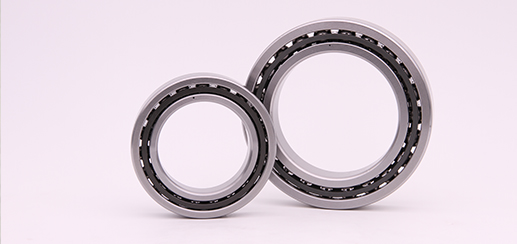News Center
How to protect high speed bearings?
2019-01-21
How to protect high speed bearings?
To protect high-speed bearings and ensure their longevity and performance, several strategies can be implemented. Here are the key methods based on recent insights:
1. Proper Lubrication
Select the Right Lubricant: Use lubricants specifically designed for high-speed applications. The viscosity of the lubricant is crucial; it should be suitable for the operating speed to minimize friction and heat generation.
Regular Re-Lubrication: Over time, lubricants can lose their effectiveness. Implement a re-lubrication schedule or consider self-relubricating systems to maintain optimal lubrication levels.

2. Sealing Solutions
Use Effective Seals: Implement labyrinth rings, rubber seals, or felt seals to prevent dust and water ingress, which can cause contamination and premature failure. Mechanical seals may also be beneficial in harsh environments.
Grease Barriers: Consider using a grease barrier chamber between seals to provide an additional layer of protection against contaminants.
3. Load Management
Match Load Requirements: Ensure that the bearings are appropriately matched to the load requirements of the application. Overloading can lead to spalling and fatigue, while insufficient loads can cause slippage. Adjusting the system's load or using bearings designed for specific loads can mitigate these issues.
4. Temperature Control
Monitor Operating Temperatures: High speeds can generate significant heat, which can degrade lubricant performance and bearing materials. Implement cooling systems if necessary to keep temperatures within safe operating limits.
5. Bearing Selection
Choose High-Precision Bearings: Select bearings specifically designed for high-speed applications, which often feature advanced cage designs and materials that enhance performance under high-speed conditions.
Consider Hybrid Bearings: Hybrid ceramic bearings can offer improved performance at high speeds due to their lower friction characteristics and higher load capacities.

6. Regular Maintenance and Inspection
Routine Checks: Conduct regular inspections to identify wear or damage early. This includes checking for proper lubrication levels, cleaning bearings from contaminants, and assessing overall condition.
Detailed Record Keeping: Maintain records of inspections, maintenance activities, and any changes made to the system to identify trends and predict future maintenance needs.
By implementing these protective measures, you can significantly enhance the performance and lifespan of high-speed bearings in various applications.
Welcome to contact us if you have any request about DSYC bearings!